Pradeep Kumar Panda
Indian agriculture sector has come a long way after independence. The agriculture sector of the country went through a transformation for a series of policy changes and reforms undertaken since 1950s.
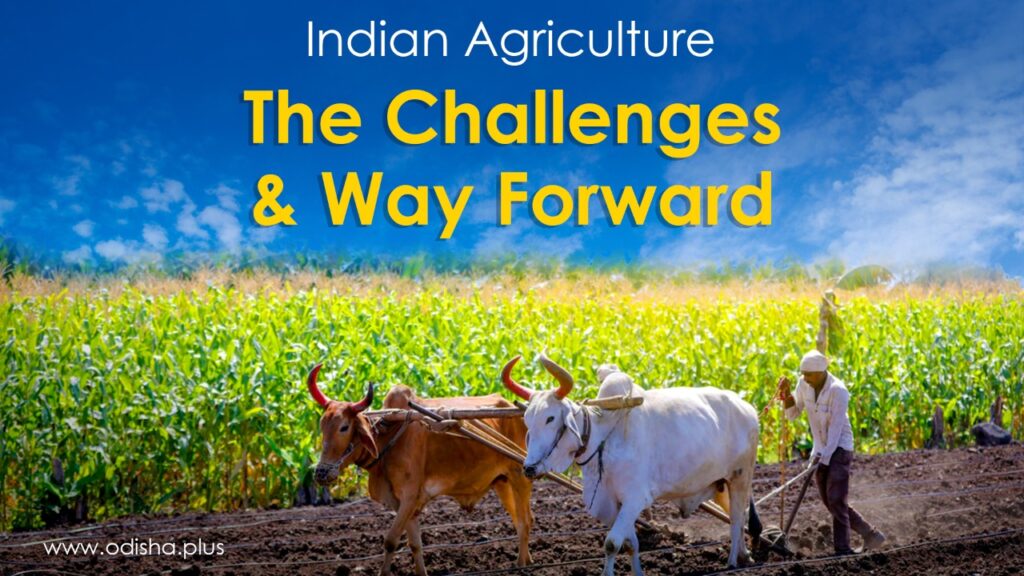
The transformation took place at an unprecedented pace and witnessed disruptive breakthroughs. The burgeoning population became a big consumer of agricultural products and with time, rising urban and rural incomes boosted attractive opportunities in the Indian agricultural sector.
Transition of agriculture has helped the country to overcome great humiliation of food aid during 1960s. The country became food surplus from abject shortages. Not only that, the farm sector transition has triggered socio economic transformation in many parts. Role of agriculture in growth of Indian economy and overall development hardly needs any elaboration.
Farm Feats Real?
But this role needs to be re-oriented in the light of changing environment, requirements to meet the new challenges, and, simultaneously harnessing new opportunities. This will require a shift in our approach towards agriculture. The shift has to be from “pushing for incremental change” to “transformational change”.
The achievement of the Indian agriculture sector, though brilliant in some areas and states, is highly underwhelming. The main reason for this is the complacence of our leaders, especially research leaders.
We generally compare our contemporary food situation with the spectre of food scarcity in mid 1960s and draw satisfaction from the fact that now we are not facing food scarcity. Our mindset is fixed in comparing agriculture of 2000s or recent years with agriculture of 1965-67, rather than comparing agriculture achievements with that of progress in other sectors or nations.
No proper evaluation undertaken in achievements in agriculture vis-à-vis that in space, IT, telecom, services, automobiles, medical science, transport etc. Between 1965-67 and 2000s, the achievement in other arenas was overwhelming. Accomplishments in agriculture need to be measured against the challenging yardsticks. Undeniably, agricultural feats are big compared to mid 1960s. But they look dwarf when quantified with the benchmarks.
The Challenges
In 21st century, agriculture is in the throes of three big challenges – sustaining food-cum-nutrition security, adapting-cum-mitigating climate change and sustainable use of critical resources such as water, energy and land. With the manufacturing sector having failed in absorbing surplus workforce from the farm sector, efforts have been made to make the agriculture sector gainful employment creator so as to keep pace with the rising workforce in the country.
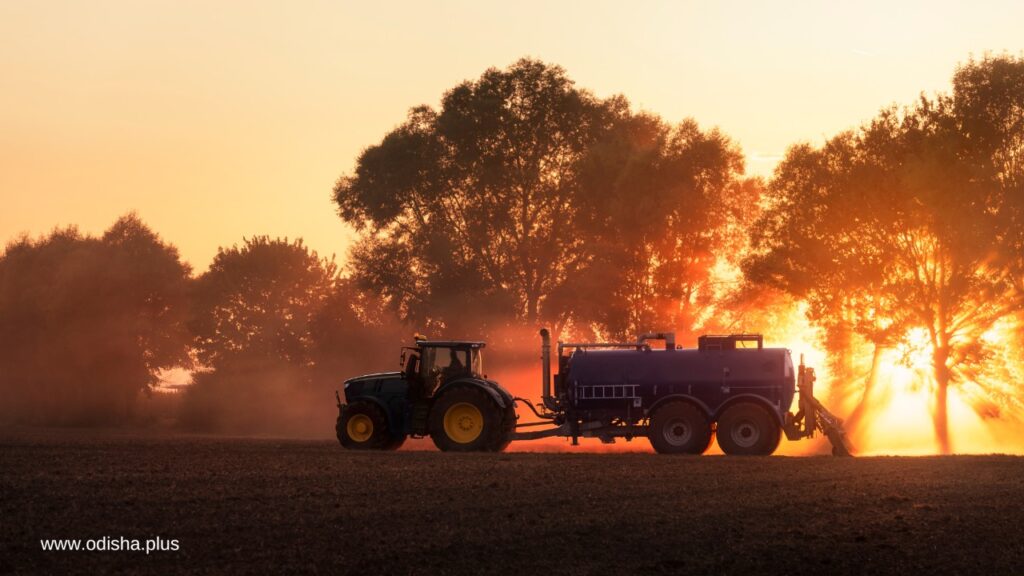
Transformation of agriculture sector is crucial for achieving this vision as 44.2% workforce in the country is employed in agriculture and thus depend on agriculture for their livelihood. There is large gap between income of agriculture workers and non agriculture workers. Poverty and undernutrition in the country are concentrated among agricultural labour and small and marginal farmers. There is lot of concern relating to rural distress. If current trends in agriculture are not changed there will be little improvement in reducing income gap between agriculture and non agriculture income and alleviating rural distress.
It has been empirically demonstrated that agriculture growth is significantly beneficial for reducing poverty and increasing per capita income. Besides inclusive growth, agriculture matters for health and nutrition, sustainability, climate change and quality of life in the country. All these factors underscore the need for a new vision for agriculture as we move forward in the 21stcentury.
Farm Retrospect
Since1970-71, agricultural output and value added in agriculture in India moved on a growth trajectory of around 2.8% in most of the period. The growth rate moved up and down depending upon the increase/decrease in real prices of agriculture commodities. Terms of trade (ToT) for agriculture followed a declining trend during 1971-172 to 1980-81, increasing trend after 1980-81 which continued till 1998-99. From late 1990s to 2005-06 there was a decline in ToT which was again followed by increase till 2016-17.
Based on these movements in ToT the entire period from 1971-72 to 2016- 17 can be divided in four phases viz. (i) 1971-72 to 1980-81 which marked significant fall in ToT for agriculture (ii) 1981-82 to 1998-99 which marked significant increase (iii) 1999-00 to 2005-06 which marked modest decline and (iv) 2006-07 to 2016-17 which represents very sharp increase in ToT for agriculture. It is interesting to observe that growth rate in GVA in agriculture moved up and down according to the increase/decrease in real prices of agriculture.
Agriculture And Food Inflation
It may appear strange that high growth rate in agriculture experienced during some phases did not bring down real prices of food in the country. The reason has been that the prices drove output growth rather than output growth determining prices!
Some studies on this aspect also show that during the period of high agriculture growth (above 4%) much of the growth was driven by increase in agricultural prices. The implications of this strong association between agricultural prices and agriculture growth is that if agricultural prices do not rise faster than other prices, then the growth rate of agriculture is likely to fall, which then becomes a major cause for agrarian distress and adverse effect on overall economic growth.
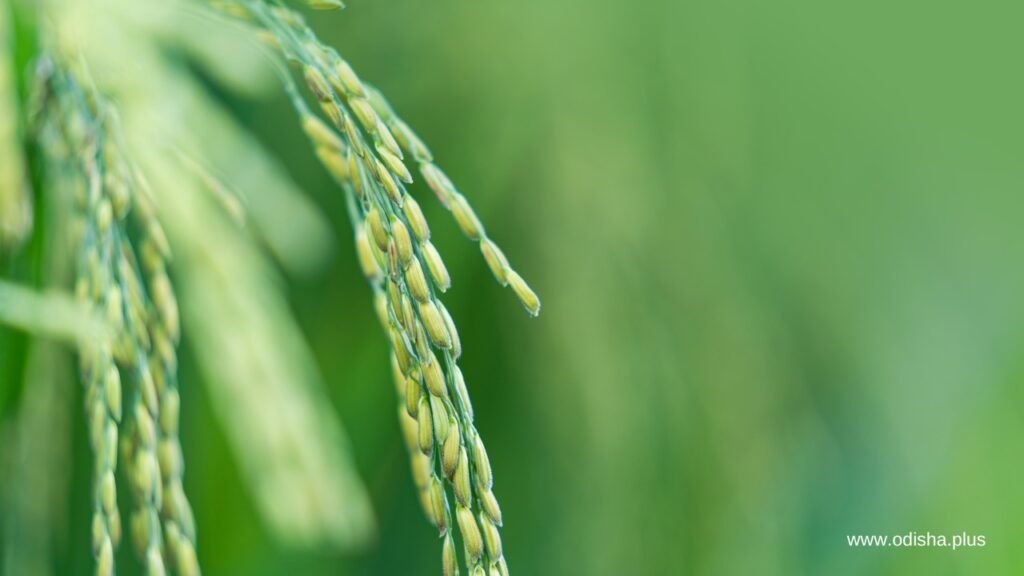
Therefore, a formidable and foremost challenge at present is: (i) how to sustain agriculture growth without letting food price inflation rise beyond acceptable limits and (ii) how to incentivize farmers to raise production without causing hardship to consumers?
The answer lies in the change in our goal and strategy from ‘growth to efficient growth’. This requires upgradation of agricultural technology, application of modern skills in farm practices, new innovation in farming, and lowering wastages in use of fertilizer, water and other inputs. Factors for low productivity, high average cost, and low efficiency in Indian agriculture are well documented in literature.
Farm Growth Speed Breakers
Seed replacement rate indicate that use of certified quality seed distributed by various agencies is quite low. Fertiliser use in most of states is sub optimal. Still a feeling is emerging against use of inorganic fertiliser and other chemicals and there is a talk to move to natural farming.
On the other hand, use of compost, which is alternative source of plant nutrients is showing a big decline. More than one crop is grown on less than 50% of area under cultivation. Improved technology has not yet reached large number of farmers which is evident from the fact that more than 30% area under cereals is still under traditional varieties.
The main underlying reasons for under development of agriculture are poor extension, missing link with supply chain of quality seed and quality plant propagation material, low availability of institutional credit in many states, low level of investments in agriculture and low level of technology. Supply of low quality and spurious inputs is an important factor for increased cost without adequate gain in productivity. Thus, beside emphasising use of modern inputs there is a need to put in place effective mechanism for monitoring and regulating quality of inputs like seed, fertiliser and agro-chemicals.
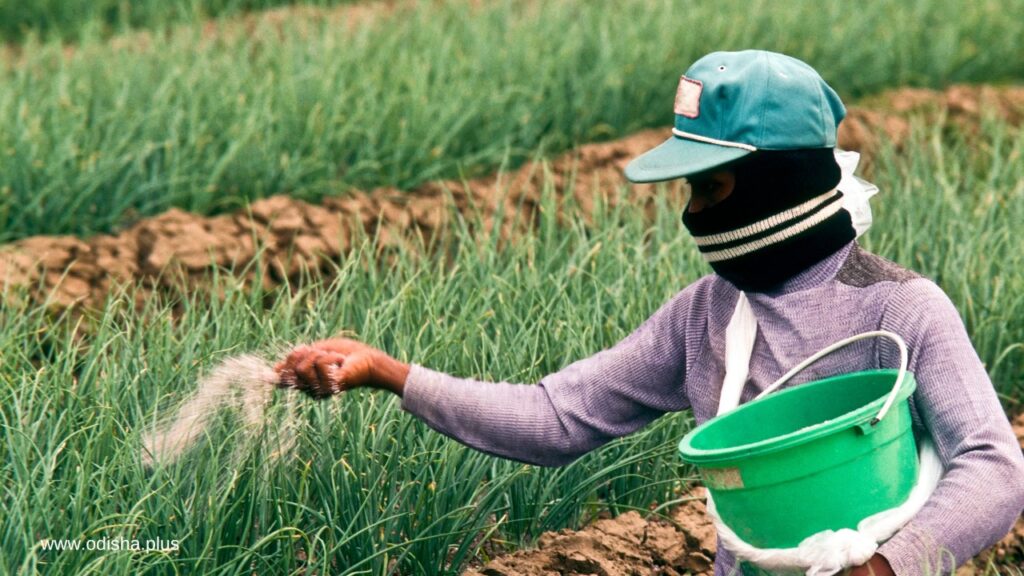
How To Seed Efficiency?
Efficiency is driven by strong and vibrant R&D by public or private sector. Public sector R&D in the country is showing a fatigue and suffering from resource constraint, disciplinary fragmentations, and lack of drive and inspiration. Private sector investment in agri R&D is also low due to nature of IPR regime in the country. Consequently, the gap between domestic and global agricultural innovations is rising and many fascinating changes experienced in global agriculture are missing in the country. In the absence of domestic R&D attaining global standard, there is a need to facilitate easy access to our farmers to global technology, high quality seed and germplasm and other knowledge products.
Bio Revolution-Future Growth Chip
Application of biotechnology in agriculture through genetic breakthrough and genetic enhancement, is playing an important role in shaping future of agriculture. Agri biotechnology in India has occupied a backseat after the restrictions imposed on field testing and non-release of Bt brinjal in the country.
The countries which have embraced genetically modified and genetically engineered technology are gaining advantage in terms of productivity and cost. Trends in productivity of soybean and maize in India and the countries which have adopted biotech crops present a stark example of competitive advantage gained by the later over India through agri biotechnology. India will face very tough competition from biotech crops, which are leading to higher yield and lower average cost, if the country does not upgrade technology in such crops.

Traditional theories of economic transformation clearly established that share of agriculture in national income and total employment follows declining trend with the progress of economic development in a country. This has been experienced by most of the countries even in the recent times, as can be seen from Table 3. This transition has been slow in the case of India, particularly in respect of share of agriculture in the total workforce. During the 25 years after 1991, share of agriculture in workforce declined to around half in Brazil, China, and Malaysia. Labour share of agriculture in Vietnam declined by about 40%. In the case of India, the decline has been much smaller (one third).
This has created serious structural imbalances between sectoral composition of output and employment. The primary reason for this is the failure of non agriculture sectors in India to pull and attract labour-force from agriculture. Recent developments in technology like automation, AI, big data, IOT, machine learning are further restricting the capacity of non agricultural sector to absorb work force from agriculture. This has put renewed focus on agriculture to create gainful employment in post harvest value addition activities.
The Myths
Empirical evidence from successive surveys on employment and labour use since 2004-05 reveal significant changes in rural and agriculture workforce which have important implications for agriculture and economy. There is large scale withdrawal by female labour from agriculture (cultivators as well as labourers) which shows de-feminization of agriculture rather than feminization of agriculture.
Two, withdrawal from agriculture by cultivators has sharply decelerated after 2011-12 while shift of agriculture labour from the sector has accelerated. This necessitates support for mechanization on smallholder farms. The concerns about threat to agriculture due to youth not staying in agriculture are belied by NSO periodic labour-force survey 2017-18.
Why Youths Not Cheering Green?
An important reason for slow shift of farm youths to non agriculture sector is their strong preference for middle income jobs but in many cases they do not have required skill and capability for such jobs. Medium, small and micro (MSME) enterprises, which are labour intensive, seem to be an appropriate alternative for rural employment generation. Linking agri-food processing to production through efficient value chain, contract farming and direct linkage between factory and farm offers considerable scope for rural employment generation as well as raising farmers’ income.

In the wake of capital intensive production preferred by manufacturing sector and anticipated threats to jobs posed by emerging technological innovations there is a need for a rethink on pursuing traditional development strategy of shifting workforce from agriculture to manufacturing and services. India should explore possibilities of creating blue collar jobs in and around agriculture. This also looks desirable as withdrawal of labour from agriculture has already started affecting some farm activities and farmer’s income adversely and there is serious shortage of skilled workers in agriculture needed for specialized operations and adoption of modern technology.
The reasons for workers preferring to move from agriculture to nonagriculture are low wages in agriculture, stress of manual work and irregular employment. These three problems can be addressed by innovative approaches in production and post-harvest activities. These can be harnessed by developing and promoting new farm models based on knowledge and skill based agriculture and post-harvest value addition at farm itself. Skill development can play a major role in this by promoting and imparting skills required in modern agriculture, value addition and primary processing.
Food And Nutrition Security
India’s nutrition indicators and child health indicators are low. According to FAO largest number of people who are hungry or undernourished live in India. IFPRI in its annual publication “Global Hunger Index” shows India in a very poor light year after year.
All this despite the fact that India has become largest rice exporting country with about 10% of its rice production sold in overseas market. Since 1970-71, food production in the country has increased at trend rate close to 3% while population growth in the same period was 1.86%. Further, growth rate in food production has remained in-tact in the recent years whereas population growth rate has decelerated overtime.
Clearly, per capita production of total (all) food has witnessed exponential growth. India is also having excess stock of rice and wheat for many years in a row. Recently, huge surplus of sugar has also accumulated. According to some observers India represents paradoxical situation of “hunger in the midst of plenty”. Indian diets are undergoing diversification in a significant manner. Per capita absorption of cereals has witnessed smallest increase despite increase in availability and heavy subsidy on cereals.
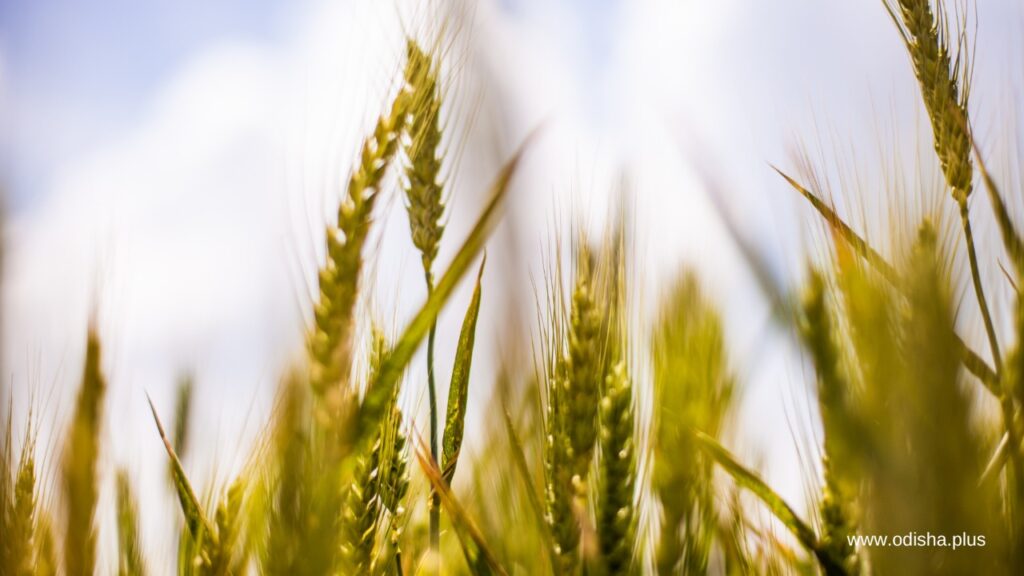
This is consistent with dietary diversification seen in other countries with the increase in per capita income. There is manifold increase in per capita net availability of vegetables, and doubling of fruits and milk for domestic food use. Per capita availability of edible oils has increased by 60% in the last three decades since early 1980s. Similar changes are seen in the food balance sheet of China. However, there is a big difference in the growth and level of per capita supply of horticultural and livestock products between the two countries.
India Vs China
During early 1980s per capita supply of eggs and meat products in India was close to China. In the next three decades supply of these items turned five times that of India. Alongwith much higher level of eggs and meat products, Chinese use three times the vegetables and 80% more fruits than Indians. The data on food supply shows that though there is large shift towards horticultural and livestock products use in India the increase is much smaller compared to the countries like China who have improved nutrition and child and maternity health considerably.
Why Hunger Prevails?
Low intake of total food is the main reason for widespread hunger and malnutrition. The country would need to relook at policy interventions in agriculture which are heavily biased towards rice, wheat and sugar which are produced in excess of domestic and export demand. Some study shows that even among economically well to do households, incidence of undernutrition and underweight children is quite common.
Addressing all these concerns requires close coordination between strategy for food production and health. Further, nutrition awareness is very important to improve nutrition and health. Major cause for poor nutrition is rising preference towards fat and carbohydrate food (junk foods) rather than nutritive food. Attributing poor nutrition mainly due to low paying capacity is not correct.
India currently produces about 726 million tonnes of food to meet the food demand of 1.3 billion people. Three-fourth of this food comprises food of plant origin (cereals, pulses, edible oil, sugar, fruits, vegetables, condiments and spices, tea and coffee) and the remaining one fourth comprises food of animal origin (milk and its products, meat, egg, fish).
In next 15 years, 40% more food will be required to meet domestic demand. This involves 2.3% annual growth. In case the country harnesses the export market and raises agricultural export share in GDP from present level of 12% to 20%, then the required annual growth turns out to be 2.64%. These increases do not look very high when compared with the achievements of the last 50 years.
Since 1965, agri-food production in the country has risen by more than 500%. Recent 15 years witnessed more than 50% increase with no increase in the area under cultivation. This growth resulted mainly from intensive cultivation, increase in use of fertilizer and other agro-chemicals, higher use of water and irrigation, improved seedand technology and a favourable price environment for agriculture. Based on this, it looks India will not have any serious problem in meeting aggregate food demand in next 15 years or so.
The challenge comes from composition of food and meeting nutrition requirement. There is also talk about fortification of food to improve nutrition intake while options for biofortification, which is considered superior to food additives, show promising results in some crops.
Food Safety And Quality
Food safety and quality are also becoming important considerations for consumers. A study indicates that one third of food expenditure towards 2050 will be for quality traits. Food safety, especially before sale of produce by the farmers, is not monitored and inspected effectively. Food Safety and Standard Authority of India (FSSAI) which is entrusted with the responsibility of food safety, covers only post harvest stage of food chain. The need for quality and safety monitoring is equally important in pre-harvest stage.
Domestic absorption of food has grown at a lower rate than domestic production. In early 1980s, India produced and consumed a little more than 1 kg food per person per day. The production has gradually increased to 1.73 kg. in recent years whereas domestic absorption increased to 1.59 kg. This shows that food surplus (domestic production less domestic absorption) has been continuously increasing for the last 35 years.
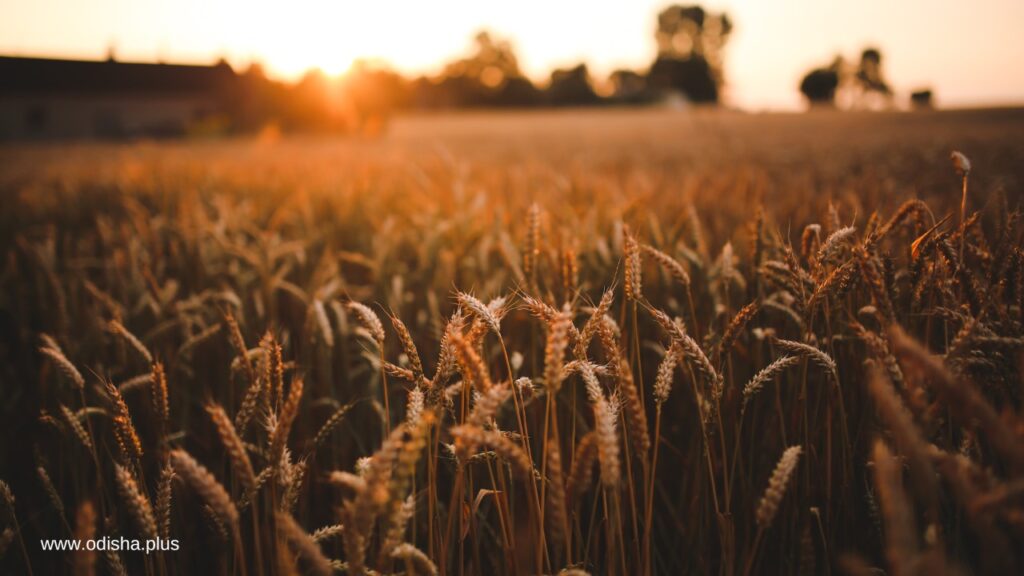
This requires a complete shift in food policy from shortage management to surplus management. This also indicate that much of the under nutrition in India is not due to availability of food but it is due to low food intake by Indian consumers. There is need to address the reasons underlying this. In any case, India has to look for overseas market to dispose rising food surplus.
Agriculture production in the Country is growing by about 2.9% per year. Domestic demand is projected to rise by about 2.3%. Therefore, surplus available for export will further grow in the coming years and India will be required to sell higher proportion of domestic production in overseas market.
What Needed?
This requires export competitiveness. India needs to act in three areas to achieve this. One, prices in primary markets should be sufficiently lower than international prices. Two, price spread in various stages of marketing should be reduced. Three, producers should be integrated with global value chains. In any case, future growth of agriculture will be significantly affected by exports.
MSP Policy And Agriculture Growth
At present minimum support prices of some commodities recommended by the government in the country are higher than the international prices. In such a situation, if MSP is implemented through the system of procurement, it will keep domestic prices much higher than international prices, making the export impossible.
Experience of many countries, of late China, shows that paying higher than open market prices to farmers through mechanism like procurement cannot be sustained. Fixing prices higher than open market price attract imports even for exportable and surplus commodities. More focus on supply than on demand is justified as long as demand is ahead of supply.
Once, demand falls short of supply the guiding principle for price intervention should be open market price or demand side factor. On the other hand, MSPs are considered important to ensure remunerative prices for the farmers. The best option to deal with such situations is to pay to farmers the difference between MSP and open market price rather than causing distortions in open market price through procurement.
World Vs India
Indian agriculture is missing the state of the art technology and modern method of farming. Advance world is moving towards precision farming using sensors and other scientific tools for exact practices and application of inputs. It saves costs, reduce environmental effect and yield more and better quality produce. We still continue to use flood method of irrigation, broadcasting fertilisers, and indiscriminately spraying chemicals whereas advance countries are shifting towards use of sensor based application of inputs based on actual requirement of plant. Application of advance science at farm level requires skill, knowledge, investments and improvement in human capital in farming. Indian agriculture continues to be dominated by low-tech farm practices, low level of mechanisation and relatively lower yielding cultivars compared to global level. Upgrading farming from low tech to high-tech (green house cultivation, poly houses, tissue culture, precision farming) will reduce average cost, raise farmers income and address some scale disabilities.
Agriculture And Environment
Green house gases emitted from agricultural activities are generally not visible. The emission results from application of organic and inorganic inputs to the soil for crop production, decomposition of biomass and dead plant residues, crop production, plant respiration, livestock rearing, enteric fermentation in ruminants, manure handling, and burning of crop residues.
Agriculture is responsible for about 17% of GHG emission in India which is almost same as its share in GDP. Three-fourth of this is due to methane produced from rice cultivation and livestock and the remaining 26% comes from nitrous oxide emitted from fertiliser. The share of agriculture in total GHG emissions willincrease significantly if burning of crop residue, which is now spreading to all states, is taken into account. Air, water and land are the three pillars of sustainability. According to official sources 80-90% of total water used in the country is used in agriculture sector. Still more than 50% area under cultivation is without irrigation.
Because of common practice of flood irrigation, water use efficiency in the country is around 30-35%. India use 2-3 times the water used to produce 1 tonne of food in major agricultural countries. Water intensive crops are being grown in low rainfall areas and water intensive practices are spreading. Free or subsidised power for agriculture and free water for irrigation encourage excessive use of water and do not leave any incentive for water saving.
As a consequence, groundwater resources are getting depleted in almost all the states. Data from monitoring wells for groundwater level reported by Central Ground Water Board show a big decline in area with groundwater depth below 3 metres and 3-5 metres and a big increase in area with groundwater depth exceeding 10 metres below ground level between 1998 and 2018. Further, these changes are spread over all regions of the country though severity of change differs across regions.
In order to put a check on further overexploitation of water resources the country should create policy environment that leads to crop pattern and practices consistent with the natural resource endowment in various agro ecological zones of the country. Further, without improving efficiency of water use in agriculture through modern method of irrigation (drip, sprinkler, sensors) the country cannot address stress on water use and meet future water requirement. Almost half of the land in India is for agriculture uses (arable land).
Therefore, the way agriculture is done, determines quality of soil and land resources. Very less area is available for ecological activities and functions. Meeting land requirement for non agricultural uses and addressing sustainable land use necessitate higher productivity in agriculture. It is evident from above that agriculture is central to climate change and clean air, and sustainable use of land and water. Agriculture is both part of the problem and part of the solution to climate change and sustainability. We must seize every opportunity to shift away from inefficient farm practices, towards long-term sustainability, efficiency and resilience. Among all sectors, agriculture offers the best hope for green growth that is environmentally sustainable.
A Tweaking Needed
Till recently, increase in agri-food production remained primary focus of agricultural policy and strategy. This strategy did not specifically target improvement in farmers’ income and supply of food to consumers at competitive price which are important for welfare of farmers and consumers respectively.
The transformation of some sectors of Indian economy following economic reforms in early 1990s lifted growth rate of total economy from 4.2% during 1971 to 1991 to close to 7% after 1991. This helped in doubling per capita income in the country at constant prices (2004-05) in just 17 years as compared to 37 years before 1991.
However, agriculture sector, which comprised over 40% of Indian economy and 59% workforce in year 1991, did not experience any permanent change in its growth trajectory. GDP of agriculture and allied sectors doubled in about 23 years before 1991 and it took same number of years to double again.
Even in recent years, agriculture growth remains stuck around long run average of 2.9% whereas non agriculture growth hovers around 8%. The higher growth rate in non agriculture sector has been accompanied only by a small shift of farmers to nonfarm occupations. Consequently, the income of cultivators (farmers) has remained relatively lower and the gap with non farm workers has enlarged.
A cultivator (farmer) earns less than one third of the income of a non farm worker. This is major cause of rural distress. Special focus is needed to raise income of farmers at faster rate like “Doubling Farmers Income by 2022”. This requires transformation of agriculture production as well as marketing through a multi pronged strategy that involves increase in productivity, reduction in average cost, better price realization for farm produce, expansion of allied activities and shift of farmers to nonfarm occupations.
In the post economic reforms period, agriculture sector could not keep pace with the growth of other sectors of Indian economy despite potential for higher growth. This period also experienced fast shift towards globalization and commercialization of agriculture – increase in trade intensity, higher use of commercial inputs, rise in area under cash crops and market oriented production. These changes required evolution of agricultural markets, new institutional mechanisms and liberalisation of agriculture sector.
However, the policy interventions in agriculture continue to follow the “Business as Usual” approach devoid of any significant change in regulation and innovative ways ofsupporting the sector. The most serious problem is faced in agricultural market and prices. Failure of markets to provide remunerative prices to producers is reflected in rising demand for payment of MSP for more and more products and higher MSP.
Raising Farm Incomes
While producers complain of low farm harvest prices consumers complain of high retail prices and both groups suffer from large price spread between farm and fork. Power of prices in raising farmers income and production is generally underestimated. A 10% increase in output prices realised by farmers directly raise their income by 16% beside large favourable effect on production as shown in table 1 above. Prices at farm level can be raised in two ways. First, by ensuring MSP, and the second is creating a competitive market. In many states farmers get 10-20% lower price than MSP even for paddy and wheat where large part of marketed surplus is procured by government. Ensuring MSP in such cases will raise farmers’ income by 16-32%. It is important to mention that green revolution happened in those states only where farmers got remunerative prices. The same is being experienced now in Central and Eastern India. Farmers group often demand raise in MSP and coverage of more agricultural commodities under MSP regime.
In this context, it is important to emphasise that paying prices higher than open market price through the mechanism of procurement causes many distortions.
There is a need to think of alternative mechanisms like “Deficiency Price Payment” which are less costly, more equitable, and non distortionary. The second and more subtle mean of ensuring better prices to farmers, without causing pressure on consumer prices, is through reforms in the system of marketing. This system and its infrastructure are outdated and exploitative. Rather than evolving, agricultural markets have decayed and serving the interest of intermediaries rather than farmers and consumers.
Farmer Union Viewpoint
Most of the farmers’ unions seek more doles for the sector rather than competitive and modern markets and other reforms in agriculture sector which can make the sector vibrant, self-reliant and economically quite attractive.
The centre came out with a proposal to adopt Model APMC Act in year 2003 which was prepared in consultation with the states. The objective was to dismantle excessive regulation and control over markets, facilitate direct sale purchase, create more options for sellers, dismantle market collusion by local traders, and attract competition and investments in agricultural markets. However, the adoption and implementation of Model APMC law by states remained patchy, diluted and insignificant. Some states did not change the Act.
Those which changed the Act did not notify rules, and where notification wasdone it was restricted to tiny fraction of produce. Thus, agricultural markets remained deprived of competitive environment, new commerce, modern infrastructure and formal sector participation, and modern value chains. Consequently, traditional capital, large price spread, price crashes at harvest time and spikes in lean period, with little value addition, remained the order of the day.
This is leading to loss of faith in market and rising demand for MSP for every agricultural commodity. After review of the progress in Model APMC Act (2003) the Union Ministry of Agriculture has prepared and shared with states more progressive and updated marketing Act which also covers livestock. It is termed as the Model APLM Act (2017). States are being persuaded to adopt this Act but response has been very slow. Two other two important regulations being pushed by the NITI Aayog for adoption by the States are: The Model Contract Farming Act (2018) prepared by Ministry of Agriculture and Model Agricultural Land -Leasing Act, 2016, prepared by NITI Aayog.
Farm Investment Bumps
An investment to GDP ratio in agriculture is low at 13.3%. The composition of total investments in agriculture show that 78.2% of it is from households (ie farmers themselves) while public investments constitutes 19.4% share. Private corporate sector accounts for less than 2.5% of investments in agriculture sector. Out of total corporate investments of Rs.1874.9 thousand Crore in the economy during 2016-17, agriculture received only Rs. 7.987 thousand crore (0.42%).
Regulatory restrictions on marketing and absence of business friendly environment in agriculture act as a deterrent to corporate investments in agriculture production and marketing. This is said to be an important reason for slow change in agriculture, dominance of traditional marketing channels and weak linkage between pre and post-harvest agriculture. Another disquiet feature of investments in agriculture sector is that between public investments show a decline of 0.4% during 2011-12 and 2016-17. Changes in APMC Act and provisions for Contract farming are expected to attract much needed modern private sector investments into agricultural marketing as well as agricultural production. This will also reduce the need for government intervention and support for agriculture.
Tenancy Snapshot
Recent available survey of NSSO reveals that land lease in the country is on rise but it is oral and not recorded. 59% area in AP, 30% in Bihar, 20% in Odisha was under lease farming in year 2012-13. Country average is 11.6%. Such farmers can’t avail institutional credit, crop insurance and other govt benefits for agri.

The incidence of tenancy is expected to rise further as members of farm families are moving out of agriculture. Recognition of land lease and protecting right of landowners, will help in raising farmers income in a number of ways and help in emergence of new class of farmers. Substantial increase in farmers income and transformation of agriculture require a paradigm shift in entire approach towards agriculture sector.
Reform, Perform The Mantra
Indian Agriculture has come a long way. Advancement in science led technology, enhanced role of private sector in both pre and post harvest phases, liberalized output market, active land lease market, and emphasis on efficiency will equip agriculture to address challenges of 21stCentury and contribute towards goal of New India. A well co-ordinated action and strategy between the Centre and the states is needed to ensure that agriculture marches to next stage of development along with other sectors, and agriculture is not left behind as it happened in the 1991 reforms agenda.
(Writer is an economist based in New Delhi. Views are personal)
Tags: #AgricultureNews #AdvanceAgriTechnology #IndianAgriculture #FarmGrowth #Livelihood #IndiaAgricultureStatus #FoodProduction



























